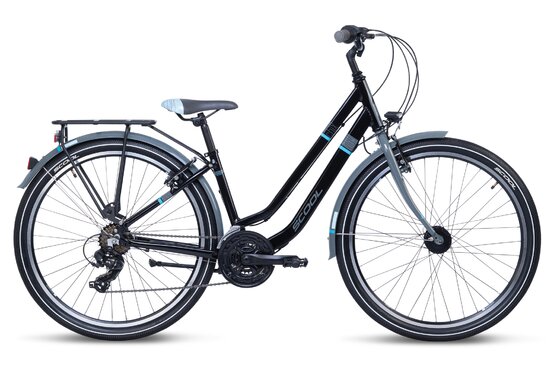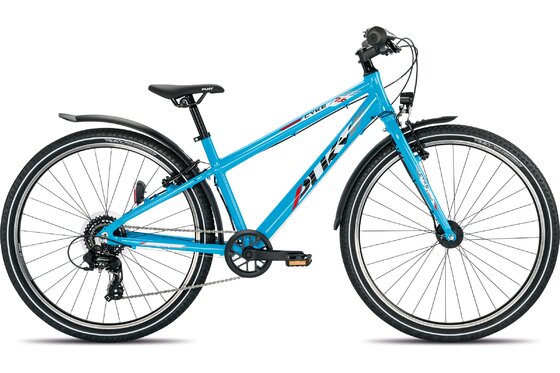
26 Zoll MTB Hardtail Mountainbike Rahmenhöhe Fahrrad Mountainbike YO2640 für Damen und Herren Shimano Jugendfahrrad Damenfahrrad Rahmenhöhe 46 51 56 cm M L XL günstig kaufen | Airtracks Sport Online Shop

Jugend-Fahrrad CYKE 24-8 Alu light Active blue - Fahrrad günstig kaufen | Größte Auswahl bei Bike-House

FAHRRAD--JUGEND FAHRRAD. in Stuttgart - Weilimdorf | Kinderfahrrad gebraucht kaufen | eBay Kleinanzeigen
/images/45485/454856005.jpg)











,type=downsize,aspect=fit;Crop,size=(310,310),gravity=Center,allowExpansion;BackgroundColor,color=ffffff;)




